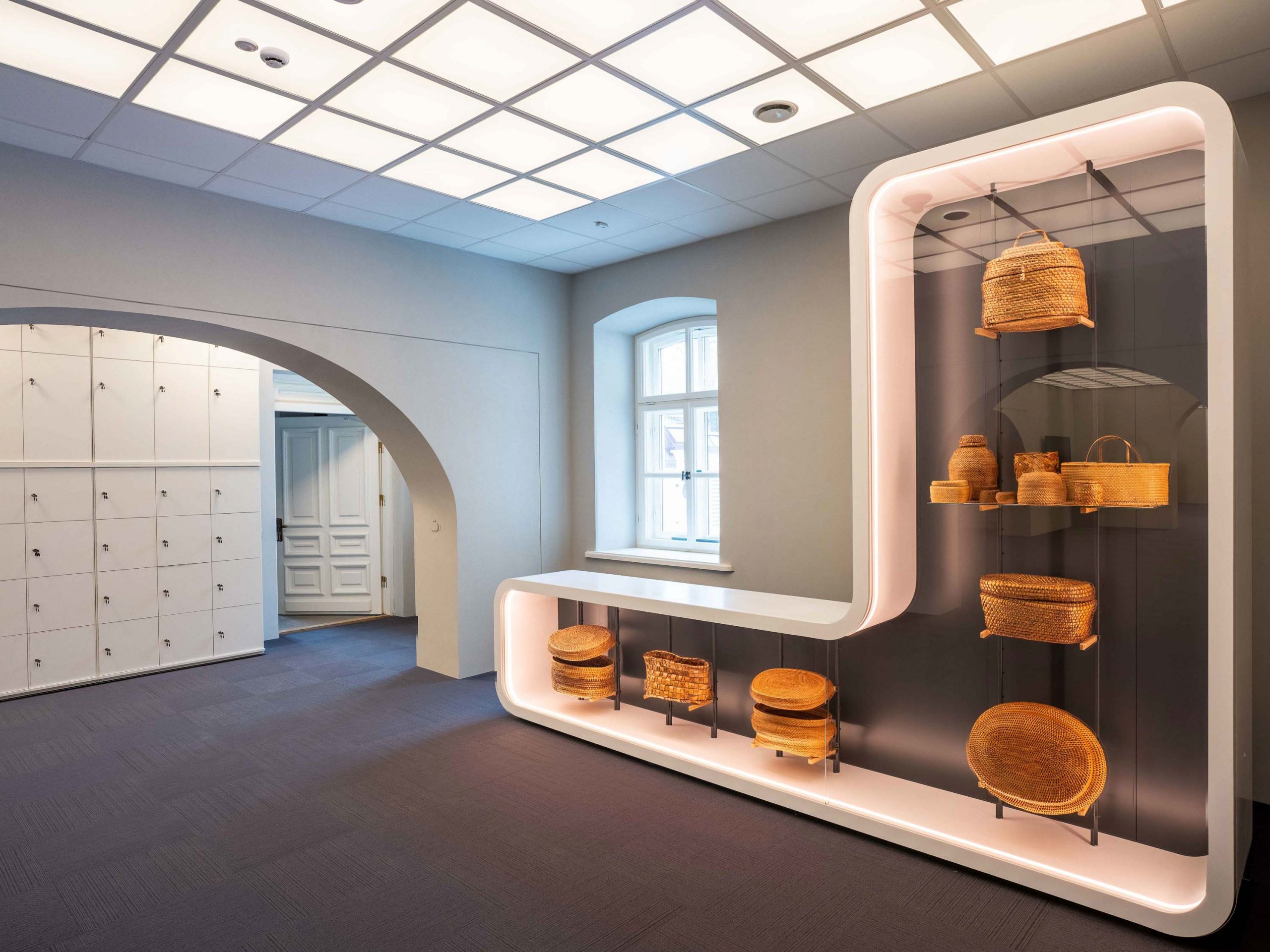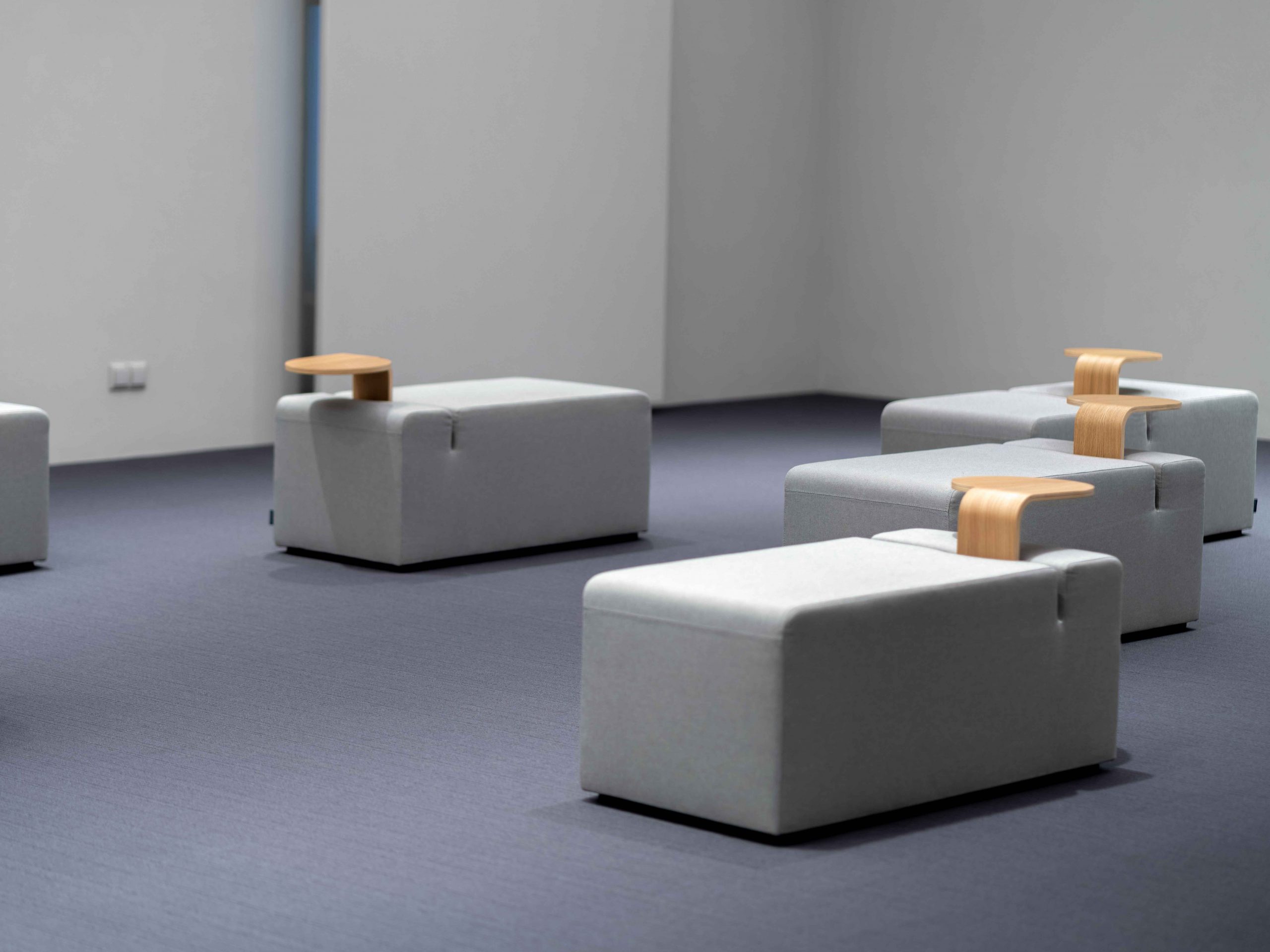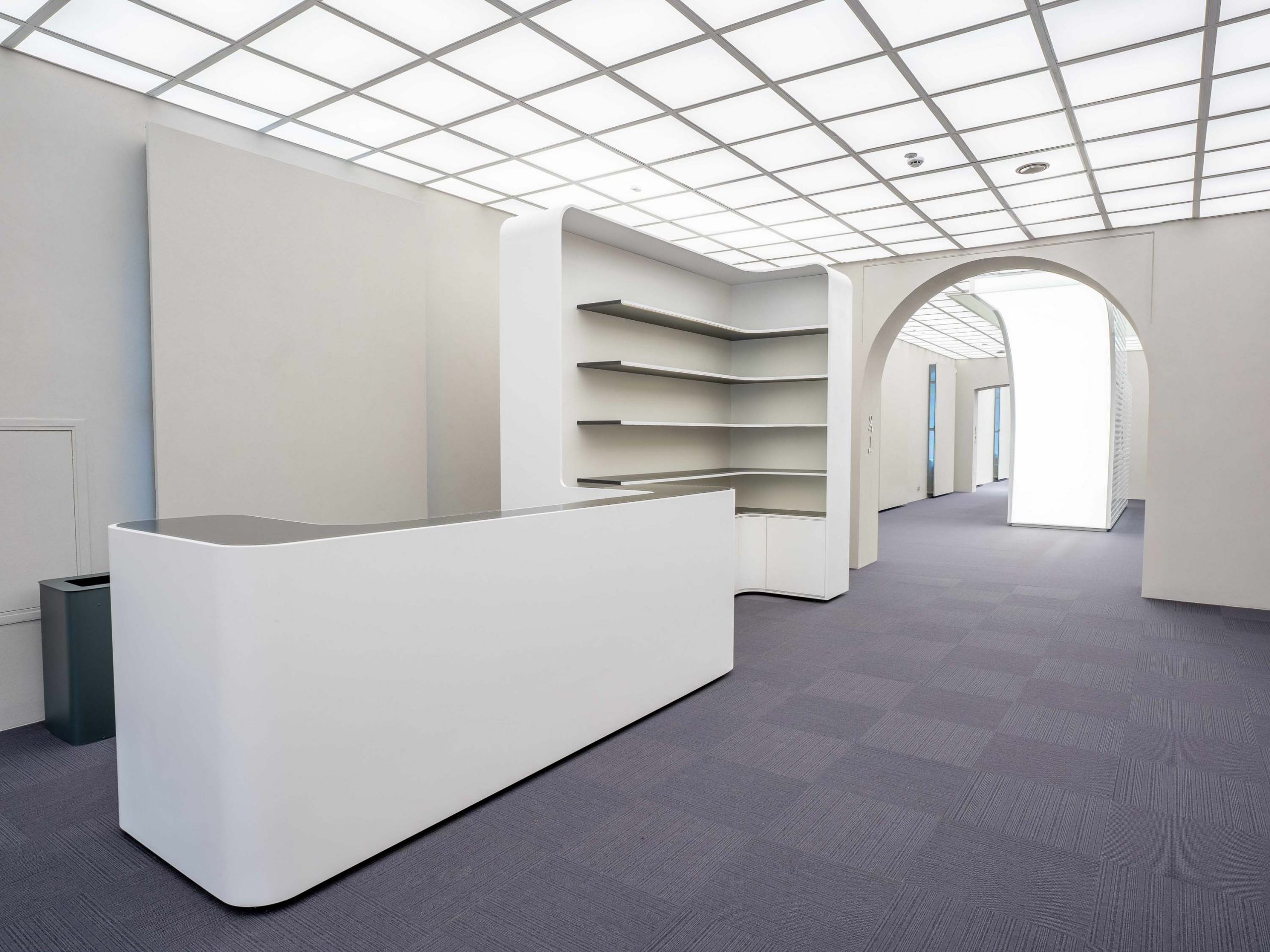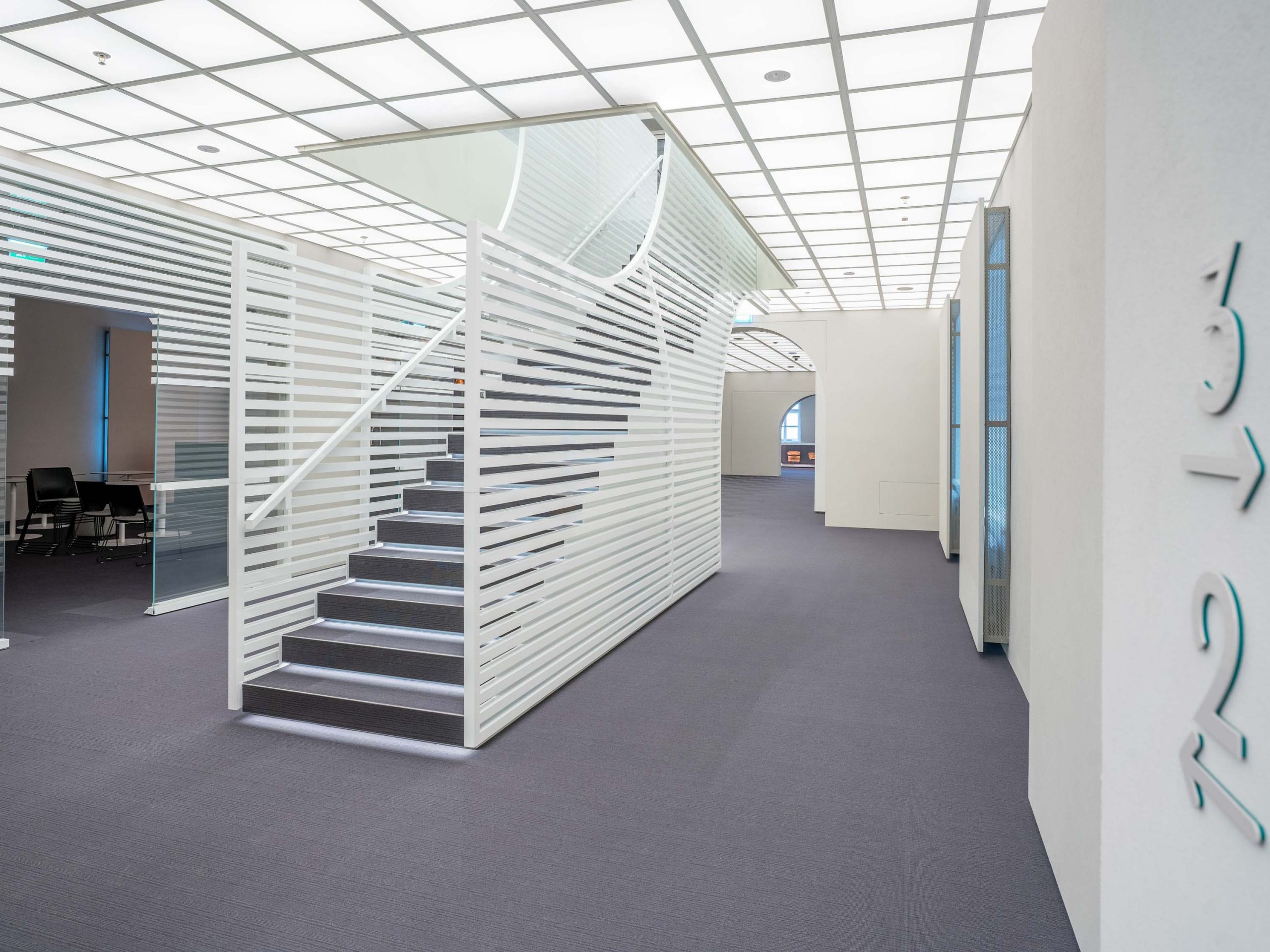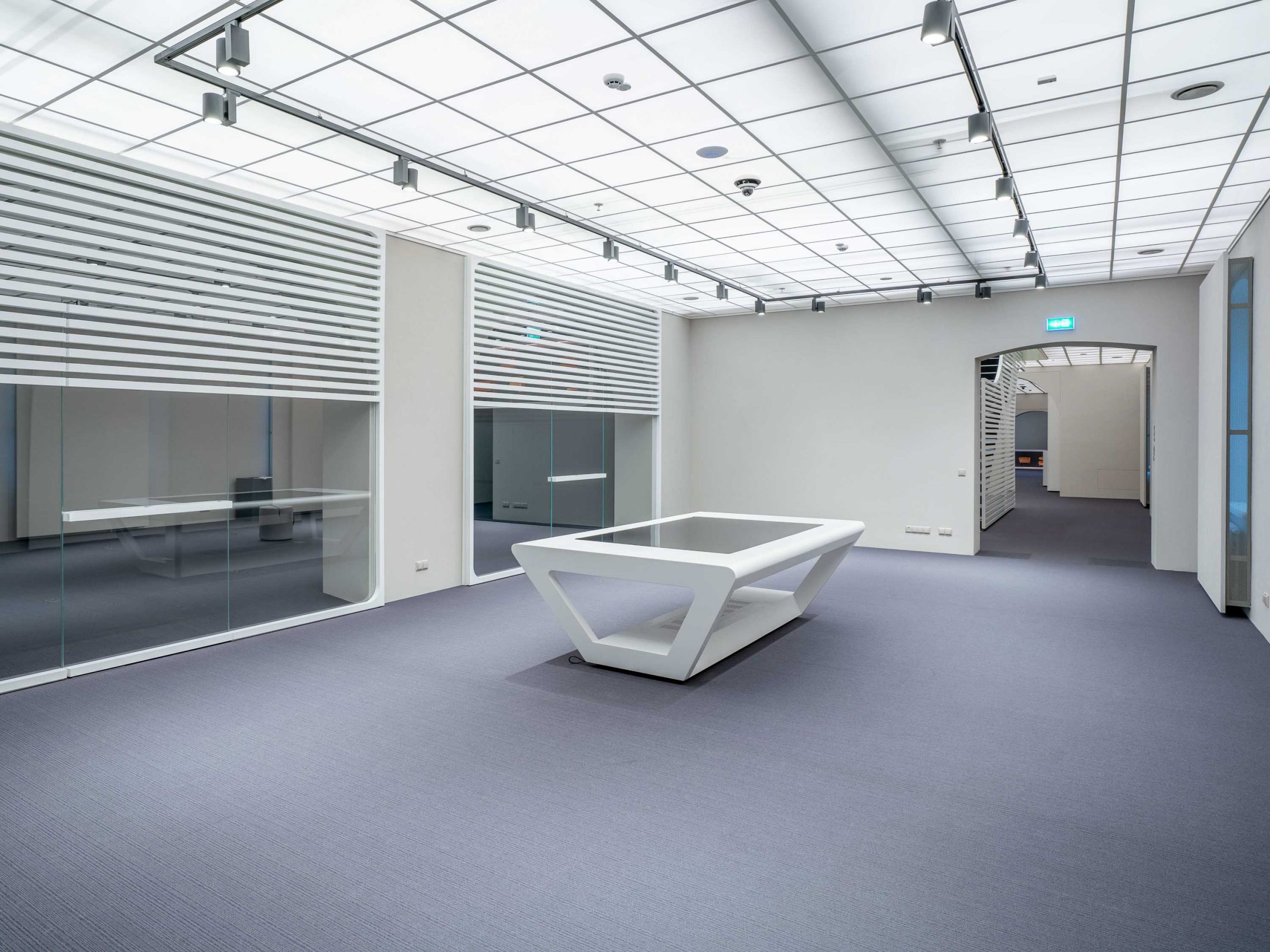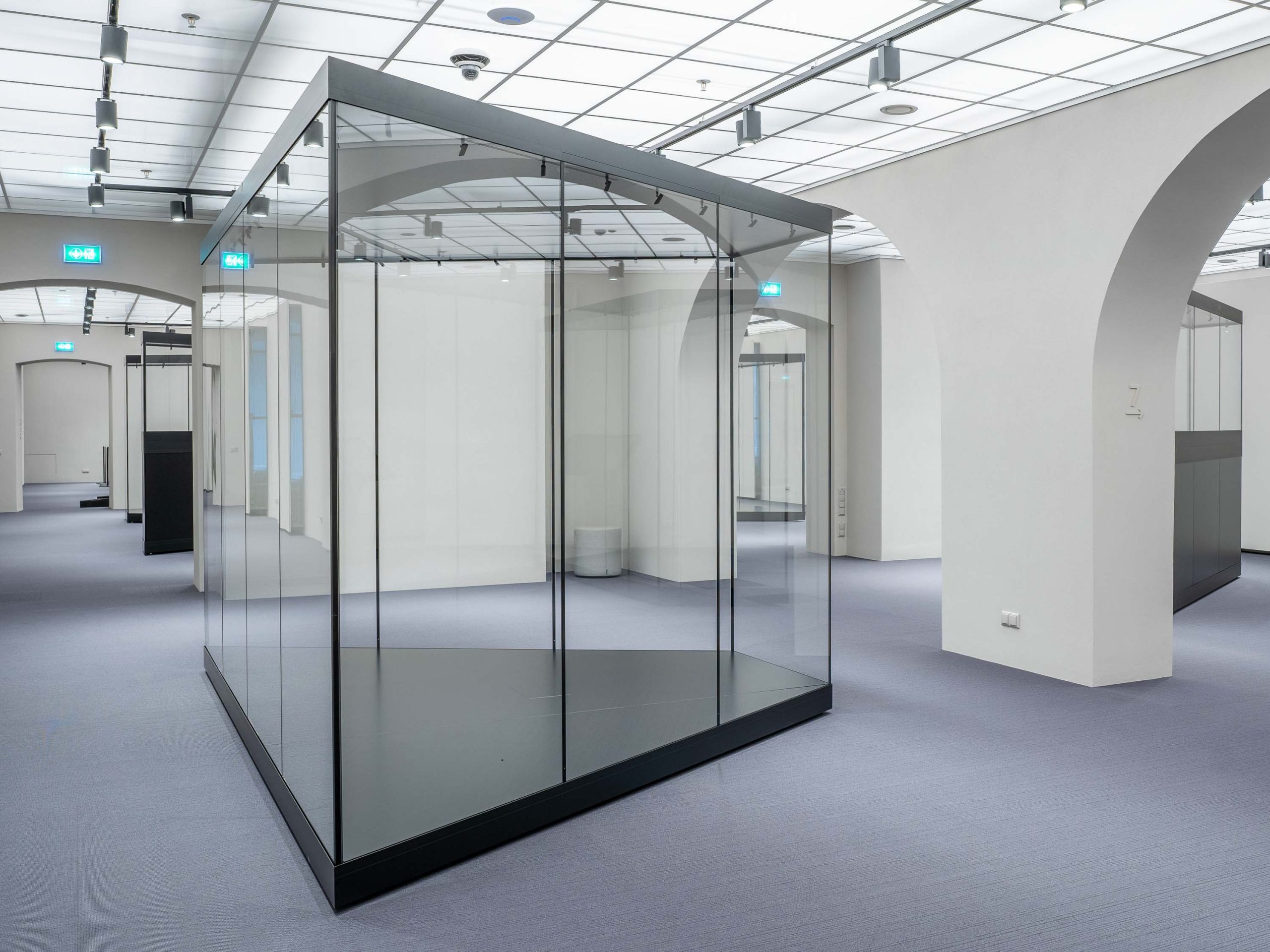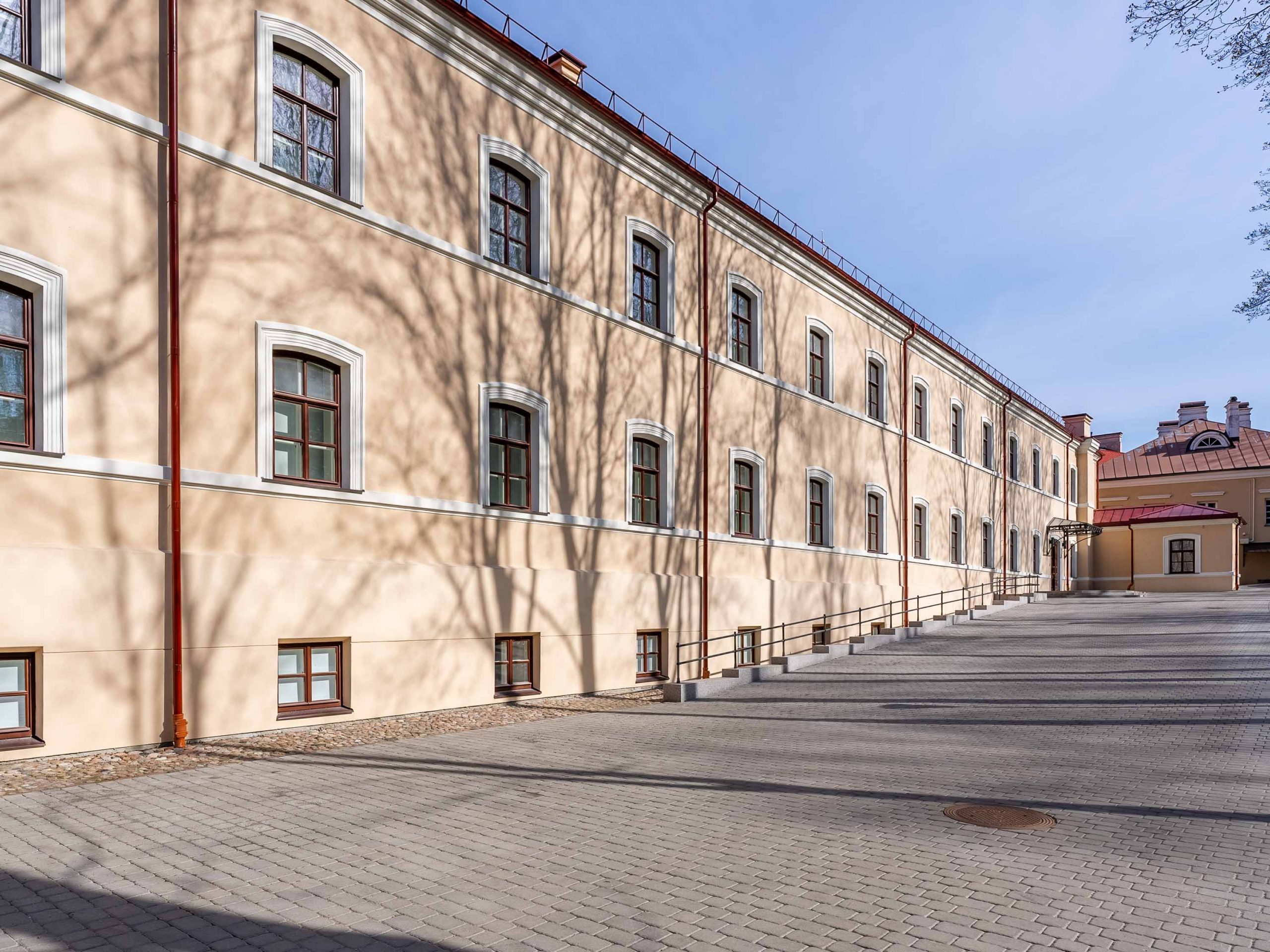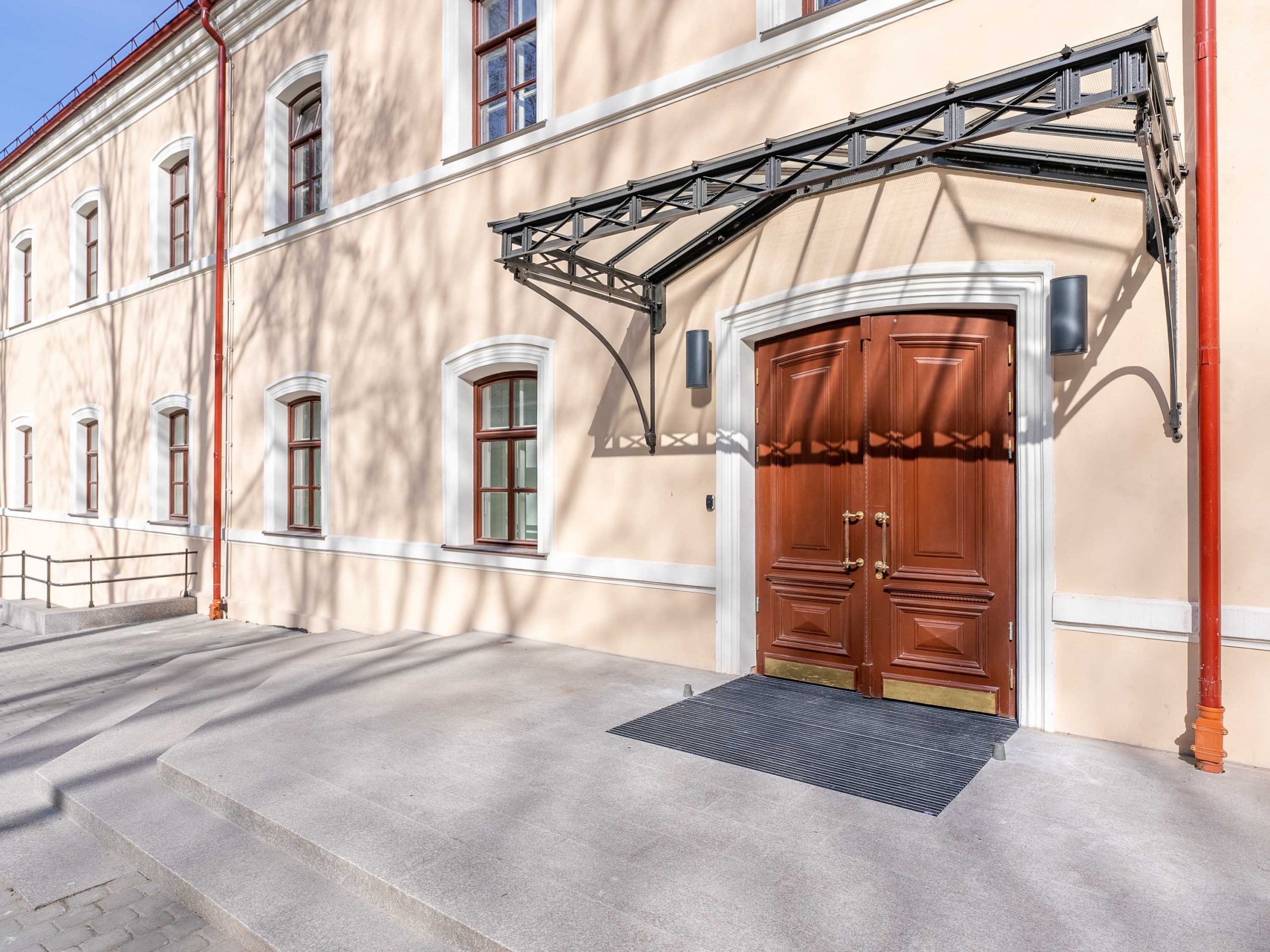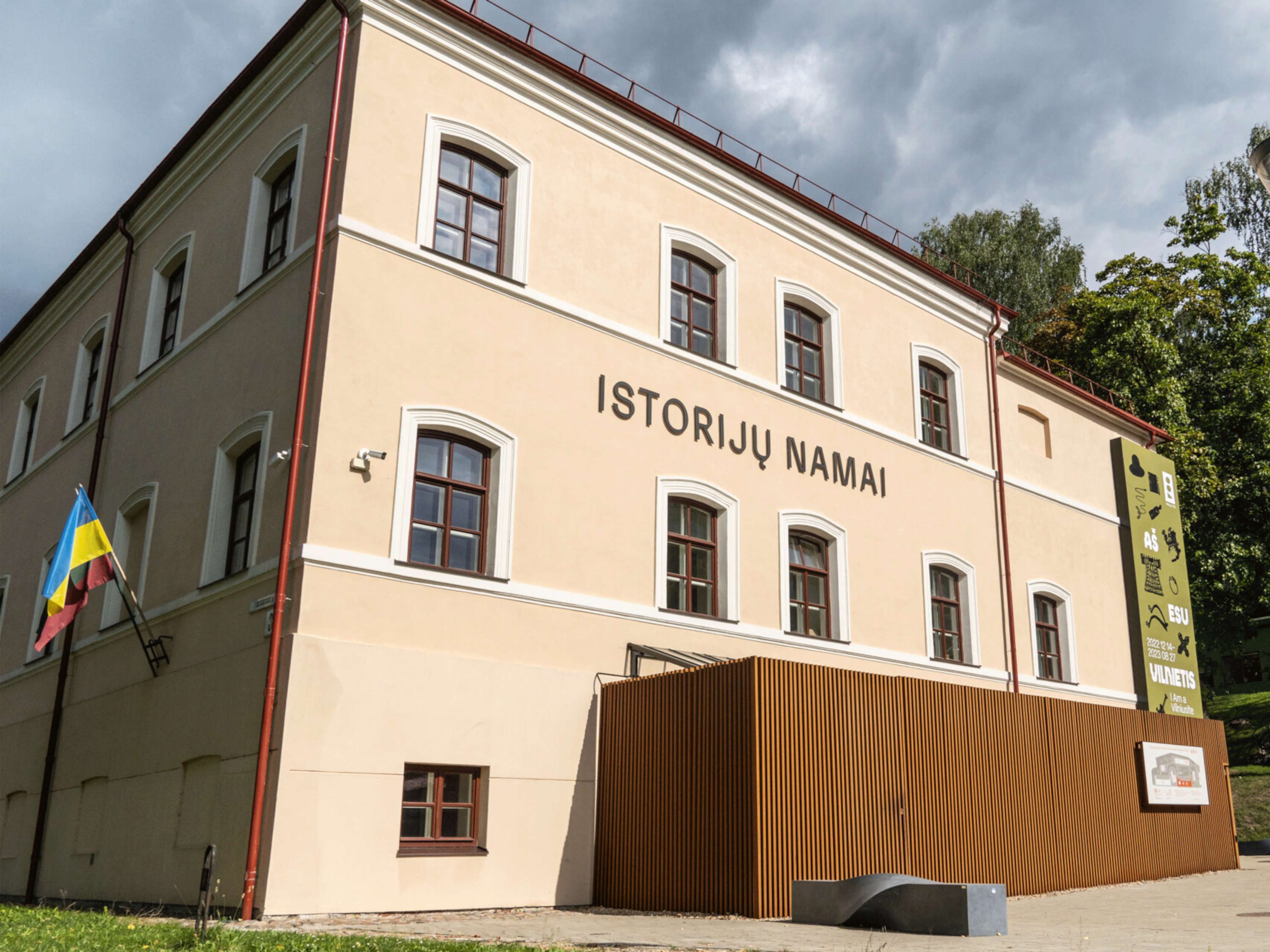Plan your visit
The ticket office closes 30 minutes before closing time.
Ticket prices
- Adult – 7,00 €
- Concessions* – 3,50 €
Family ticket
- 1 adult and up to 3 children – 12,00 €
- Up to 2 adults and 3 children – 18,00 €
Guided tours and learning programmes
- Themed guided tour for a group (60 min) – 15,00 € (museum tickets not included)
- Learning programmes for child – 3,00 €
- Learning programmes for adult – 3,00 € + ticket
Combo tickets
- Museums in Vilnius (every branch of National Museum of Lithuania that is located in Vilnius) – 30,00 €
* Full-time pupils of schools of general education; full-time students of schools of higher education; citizens of the Republic of Lithuania and other countries of the European Union studying full-time in schools of higher education in the member states of the European Union; pensioners (under 80); persons who suffered from the occupations between 1939 and 1990 – political prisoners and deportees, former inmates of ghettos and concentration or other forced labour camps; persons who fought for the independence of the Republic of Lithuania and suffered from Soviet aggression on 11–13 January 1991 and onwards; participants in the resistance movement against the occupations between 1940 and 1990 – volunteer soldiers and freedom fighters; teachers. Discount is applied upon presentation of an appropriate ID.
Exposition is free of charge for the following visitors:
pre-school children; orphans and children who have lost guardianship by their parents; people with a disability and their one accompanying person; persons from 80 years of age; employees of Lithuania’s museums; members of the International Council of Museums (ICOM); residents of children care homes and socially supported children; teachers accompanying groups of schoolchildren; Vilnius Pass card holders (valid for visiting The New Arsenal, The Old Arsenal, The House of Signatories, Gediminas Castle Tower, The Bastion of the Vilnius Defence Wall, Kazys Varnelis House-Museum, House of Histories); students of Lithuanian art schools for children and youth; students of Vilnius College of Technologies and Design; students of Balys Dvarionas decennary music school; members of the Lithuanian Association of Art Historians; members of the International Association of Art Critics; members of the Lithuanian Association of Archaeologists; guides with valid guide ID; guides accompanying groups of tourists; employees of the Cultural Heritage Department at the Ministry of Culture and its territorial branches; cadets and conscripts from General Jonas Žemaitis Military Academy of Lithuania; soldiers of the Lithuanian Grand Duke Gediminas Headquarters Battalion; members of the Lithuanian army volunteer union; employees of Lithuanian Post; journalists; Family Card holders; students of Vilnius Academy of Arts; students of the Faculty of History at Vilnius University; citizens of Ukraine; organised migrant groups; all visitors on the last Sunday of each month.
Educational activities of the National Museum of Lithuania’s expositional locations are free of charge for the following visitors:
children under 3 years of age; residents of children care homes and socially supported children; people with a disability and their one accompanying person; teachers accompanying groups of schoolchildren.
Concessions are applied upon the visitor providing valid ID that prooves right to specific concessions. This ID requirement does not apply to pre-school children and all visitors on the last Sunday of each month.
Information for disabled visitors: exhibition halls have wheelchair access.
General visitor regulations of the National Museum of Lithuania
Guided tours are available in Lithuanian and English languages. Guided tours must be ordered in advance by phone or e-mail (+370 (5) 239 45 74, [email protected]).
The tours in the museum are only led by the museum tour guides or the tour guides from the institution with which the museum has concluded an appropriate agreement.
The museum is open to visitors during the regular opening hours. Please read relevant information regarding COVID-19 before visit: click here (link)
Exhibitions and events
International exhibition, “To Believe or Not to Believe: Conspiracy Theories”
Exhibition
2023 09 20 – 2024 08 18
House of Histories
About us
The House of Histories is a space which invites visitors to experience history not as something fixed in the past but as integral to the reality we are creating today.
Here visitors can explore and discuss different ways of understanding history. Things that happened in the past are studied by historians, archeologists and anthropologists, but they also inspire today’s designers, artists, photographers and other creators. This whole synthesis of differences is brought together by a curator into a new work – an exhibition.
What will you learn?
The exhibitions that will be mounted here will always include both live and virtual educational activities that are directed to visitors of all ages.
The basement floor of the building houses a vault and exhibition space containing collections related to 18th–20th century Lithuanian folk architecture, interiors, and tools. During special excursions visitors can become acquainted with distinctive Lithuanian ethnographic museum-pieces, each of which has its own unique place.
History of the building
The history of this building goes back to the second half of the 18th century. The list of Vilnius inhabitants from that time indicates that the land now located at 3 Kosčiuškos Street belonged to the general of the Grand Duchy of Lithuania’s army, Brast chatelain Jonas Antanas Horainis, and later his son, Vilnius courthouse officer Jonas Nepomukas Horainis. These owners of the site also had a pub, as well as various brick and wooden living and auxiliary buildings.
By the early 19th century, while Lithuania was still occupied by the Russian Empire, the territory was nationalized; following the 1831 Uprising it was reallocated for military defence purposes. Because the area fell beyond the fortress ramparts, where the building at 1 Kosčiuškos Street now stands, the buildings within, with the exception of the old stone pub, were torn down.
In 1878, when a czarist decree announced that the military fortress would be demolished and a hard labour prison was to be established in Slushko palace, there came to be a need for a new barracks. This building was erected in around 1880 and was named the Barracks of the Holy Trinity (Troickije kazarmy). The architecture and roofing of the building are typical of Imperial Russian military style and are very similar to the buildings of the Daugavpils fortress in today’s Latvia. It is highly likely that the Vilnius structures were indeed designed by military engineers in charge of the Daugavpils region, which at the time included Vilnius. Until approximately 1950 these buildings continued to serve military purposes.
It is not known exactly when this group of buildings came under the purview of the Vilnius governing committee, but it was eventually decided that a residential school be established here; neo-Baroque gates were built and the entire territory was surrounded by a stone wall.
At some point before 1990 the residential school was moved and work on reallocating the buildings began. This took five years, and in 2021 the neglected former barracks and the entire compound were handed over to the National Museum of Lithuania, which opened a new branch – the House of Histories – at this location.
Contacts
Address
How to find us?




